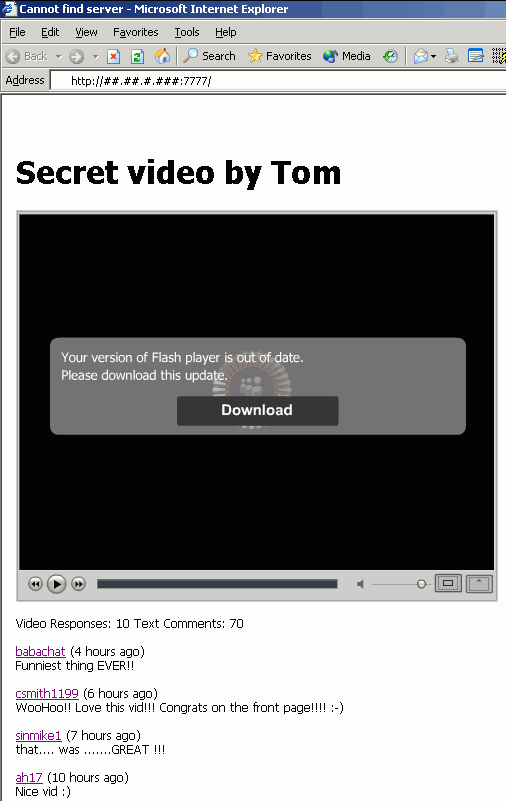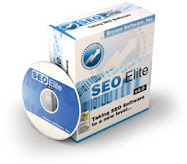Free lead generation is a very cost effective way to promote any online business. Social networking sites are some of the best ways to generate free leads. Some of the ways I personally use them to promote my online business is by using Social networking sites and making multiple profiles on them. Then when you have your profile accounts set up you need to pimp them to make them look professional and do not try to sell your products directly on your profiles. Instead make yourself interesting and someone who arouses curiosity so when you start sending friend request people will come to your profile and take a look. This is where you can start to get them to your website because these social networking sites allow you to have links on your profiles.
The art is to make people click to your website to find out more about you and what you are all about. Also someone who has taken the trouble to read your profile is more likely to read your website and take notice what you have to say. This is how to generate free leads using social networking sites. It’s all about personal branding and attraction marketing. You can also put videos on your profile which is a great way to get your personality across .I also join forums where I will observe the conversations for some time then when the time is right and I know enough about the given subject I will join in. Because you have taken your time and got to know what is happening then your comments will be taken notice off more. The result of this is when you leave your signature at the bottom of the page with your all important link on it, people in the forum will click on it and have a look at your chosen website.
The advantage of this is that because you took your time and got to know the people in the forum they will put more credence to your website. The result of these efforts is more leads to your chosen internet business. Another great free lead generator is using the instant messages service on these social networking sites. When you have sent enough friend requests out and started some conversations with these people then you start to build a relationship up with these new found friends.
The great advantage of this is that you can send a broadcast out to all your friends telling them all about your product or business or whatever it is you are trying to be successful with. The people who receive the messages will automatically take more notice off you than they would a stranger. It is just human nature to respond more to a friend than some random email they may receive.
The final method that I use to generate more free leads is using the groups section. If you start your own group on a subject you know about then people will naturally come to your group and join you. This is very powerful because you are setting yourself up as a leader and expert so people will take a lot of notice of what you have to say. This is where you will get lots and lots of free leads for your business. So just like with the forums, people will go to your website and check out what you have got to say. All these methods will generate a abundance of free leads to your online business.
Alan Stockdale - uses social networking sites like my space and face book for his successful internet business, all these methods plus others to create vast amounts of free traffic to his global resorts network website.
--------------------------------------------------------------------------------------------------
Find out how to Automate your social network site here






 It’s yet another Labs feature, the experimental feature area of GMail that has been getting regular updates over the last several months. This feature introduces yet another way you can be tethered to those you correspond with electronically.
It’s yet another Labs feature, the experimental feature area of GMail that has been getting regular updates over the last several months. This feature introduces yet another way you can be tethered to those you correspond with electronically.










